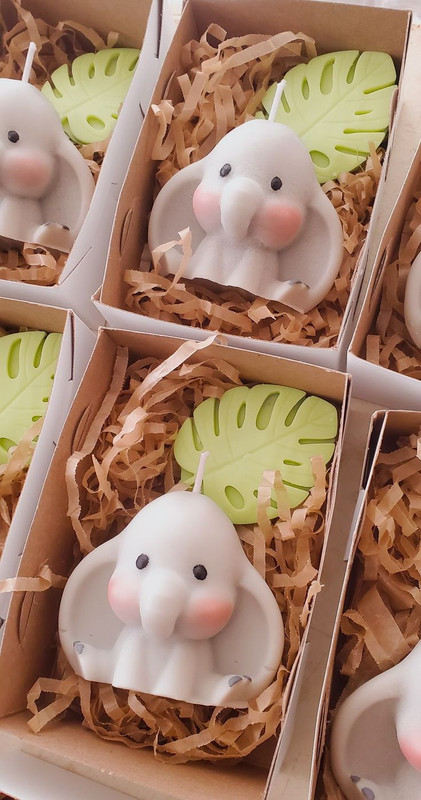Descubre la forma más efectiva de crear moldes personalizados

El molde de silicona es una herramienta utilizada para copiar objetos de diversas formas y materiales. Tiene las características de suavidad, durabilidad, no deformación y no adhesión. Se utiliza ampliamente en la industria, el arte, la artesanía y otros campos. Este artículo explicará cómo hacer y usar moldes de silicona personalizados, así como las ventajas y limitaciones de los moldes de silicona.
Cómo hacer un molde de silicona personalizado
Los pasos básicos para hacer un molde de silicona personalizado son los siguientes:

Prepara la caja del molde: La caja del molde es un recipiente usado para contener prototipos y silicona. Puede ser de cualquier forma y material, como plástico, madera, espuma, etc. La caja del molde debe ser más grande que el prototipo, dejando algo de espacio para verter la silicona. La pared interior de la caja del molde debe estar recubierta con una capa de agente desmoldante para evitar que la silicona se adhiera a ella.




Desmoldar: Saque el molde de silicona de la caja del molde, luego saque el prototipo del molde de silicona. El proceso de desmoldeo debe ser cuidadoso y suave para evitar dañar el molde de silicona o el prototipo. Si el molde de silicona o el prototipo están pegados, puede cortarlos suavemente con una cuchilla u otra herramienta, o remojarlos en agua tibia u otros disolventes, y luego separarlos lentamente.
En este punto, se ha completado un molde de silicona personalizado, que se puede usar para hacer obras con materiales como resina, cera, chocolate, jabón, etc.
Cómo usar un molde de silicona personalizado



Espere a que el material de la réplica se solidifique: Coloque el molde de silicona en un lugar estable, seco y ventilado y espere a que el material de la réplica se solidifique. El tiempo que tarda en curar el material de la réplica depende del tipo de material, la temperatura, la humedad y otros factores, y suele ser entre unos minutos y unas horas. Después de que el material de la réplica esté curado, puede presionarlo suavemente con los dedos para sentir si tiene dureza. Si no, significa que no se ha curado completamente y debe esperar un poco más.


Recorte: Use tijeras u otras herramientas para recortar las partes sobrantes del objeto copiado, como bordes, agujeros, huecos, etc., para que sea más ordenado, bonito y conveniente de usar. Si el objeto copiado tiene imperfecciones o defectos, se puede lijar con papel de lija u otras herramientas, o pintar con pintura u otros métodos.
En este punto, se completa un objeto réplica, que puede usarse para exhibición, decoración, regalos, ventas, etc.
Ventajas y limitaciones de los moldes de silicona
Como herramienta de replicación, los moldes de silicona tienen las siguientes ventajas y limitaciones:Ventaja:


Los moldes de silicona se pueden reutilizar, ahorrando costos y reduciendo la contaminación ambiental.

Según las necesidades y preferencias de los usuarios, se producen diversos moldes de silicona personalizados para satisfacer la creatividad y expresión personalizadas.
Limitaciones:
Los moldes de silicona requieren ciertas habilidades y experiencia para producir moldes de silicona de alta calidad, de lo contrario pueden ocurrir problemas como burbujas, contracción, deformación, grietas, etc.


Los moldes de silicona requieren cierta atención y mantenimiento para prolongar la vida útil del molde de silicona. De lo contrario, pueden ocurrir problemas como envejecimiento, decoloración, endurecimiento y agrietamiento de la silicona.























